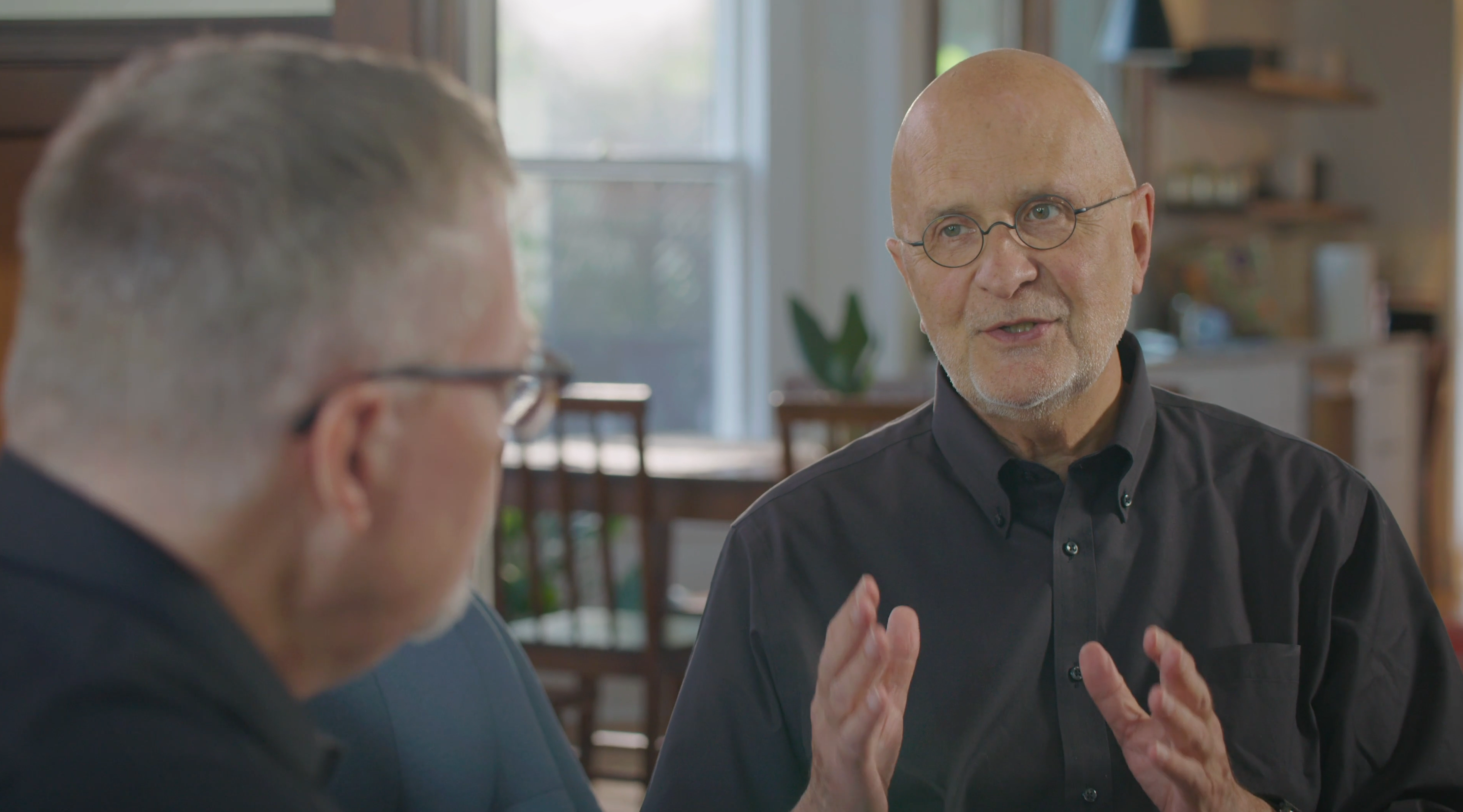How frequently do you move donors off your caseload? Once a year? Never? Only if they ask to be removed?
Most fundraisers (and leaders) are not in the habit of regularly moving donors off of major gift caseloads, which results in caseloads that are bloated with donors that shouldn’t be there. In our system and structure, we recommend a caseload of 150 major donors. But when we analyze caseloads, we regularly see caseloads with 300… 500… or even 1,000 donors on it.
That size caseload is completely overwhelming. There is no chance you can serve your donors well when you have that many to manage.
Your time is so valuable if you’re going to help achieve your organization’s mission. That means you need to stay focused on the donors who most want to engage, are passionate about your work, and truly desire to make an impact on your mission.
In this Question of the Month video, Richard and Jeff talk about the two objectives of donor management and why these should be your guide to determine if it’s time to disqualify a donor.
Read the Full Transcript below:
Jeff Schreifels
Hi, and welcome to the Question of the Month. This month’s question is, when should you disqualify a donor? And why? And Richard, this month, you get to answer that question.
Richard Perry
Oh, this is a great topic, qualification of donors, I want to just explain why we do it. Alright, so there’s two objectives in caseload management or donor management, right. One is to serve the donor, serve their passions and interests help them fulfill their passions and interests. Yeah. And the other one is to develop net revenue for the organization. I mean, otherwise, how’s the organization gonna run?
Jeff Schreifels
Exactly.
Richard Perry
So when we’re talking about disqualifying a donor, it’s basically, well, are one of those two things not working? Like for instance, in serving the donor’s passions and interests, the donor just decides not to talk to you anymore? I mean, they’re unresponsive. Yeah. So I mean, you’ve got to basically say, well, I need to disqualify them. Or if they’re responsive, but they actually have less net revenue contribution to the mission of the organization. You can’t afford to have that donor on the caseload.
Jeff Schreifels
Because then somebody that wants to come on to the caseload that could give more, can’t, because you already have a full caseload.
Richard Perry
Exactly. And now, a lot of times people look at these two, two things and say, well, these those are contradictory. They they can’t live together. Yeah, well, they can live together, you just have to find donors who are responsive that you can serve in terms of their passions and interests, and donors who are going to contribute net revenue to the organization at a level that meets the goals and metrics of the caseload, right.
Jeff Schreifels
What do you say, though, to an MGO? Because we’ve heard this from them, Hey, I’ve had this donor on for a long time. And I know they’re not giving as much, but I just love them so much.
Richard Perry
Well, I know, George, you love them so much. But it’s probably if they don’t pass those two tests that I said earlier, in terms of ability to serve them, which in this case, if they love them, you’re serving them, but they’re not developing net revenue, right. You really need to replace them on your caseload. Yeah.
Jeff Schreifels
Well, thank you for joining us on Question of the Month. Hey, we have a free resource for you. It’s a white paper on How to Qualify Donors, go to veritusgroup.net/resources and you’ll find it there. Thanks for joining us, and we’ll see you next month.







“3 KPIs” to answer this question (when to remove donors from the caseload)were promised. What are the three KPIs? Thanks.
Hi Lisa,
It seems like we included the wrong text in the body of the email preview for this post. Our apologies for the confusion! The 3 KPIs referenced were actually for our post on goals for mid-level.
For more on removing donors from your caseload, check out this blog post as well as our white paper, How to Qualify Donors.